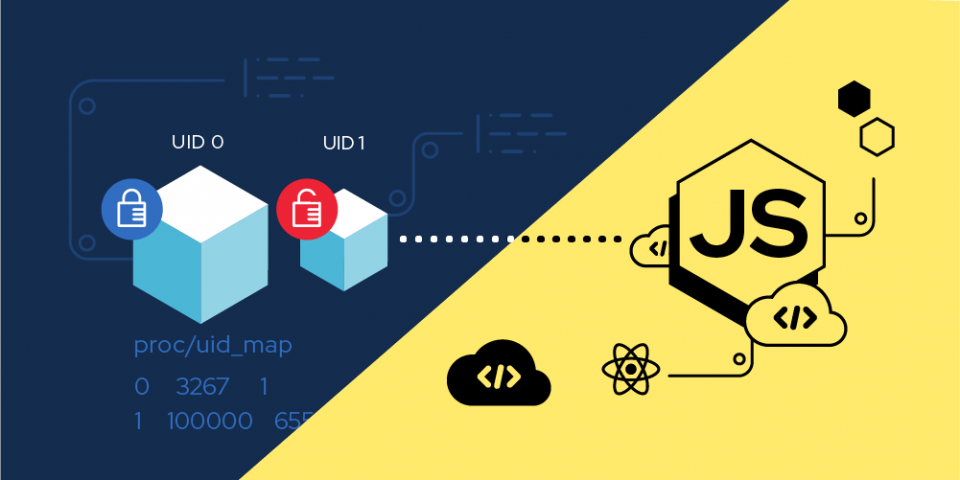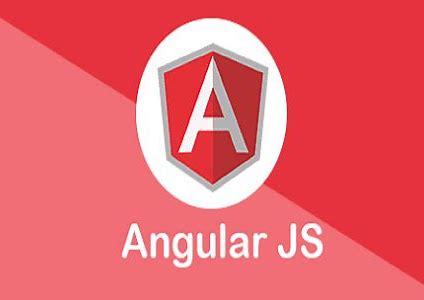AngularJS
For Frontend / Scripting
AngularJS combines the benefits of deep linking with desktop app-like behavior. Form Validation.
Let’s Discuss
AngularJS: AngularJs is a JavaScript open-source front-end framework that is mainly used to develop single-page web applications (SPAs). It is a continuously growing and expanding framework which provides better ways for developing web applications. It changes the static HTML to dynamic HTML. It is an open-source project which can be free.
AngularJS was one of the first modern JavaScript front-end frameworks. It came to market in 2010 and rapidly became the most popular JavaScript MVC (Model-View-Controller) framework. AngularJS quickly became popular because of features like dependency injection, routing, and two-way data binding.
1
I have seen people talking about using a back-end language (like asp.net, php) with AngularJS. But, they are just making HTTP request from NodeJs to the other backend language by creating an API. AngularJS or NodeJs is already a back-end language itself I don't see myself developing 2 back-end web applications just to use AngularJS.
Is it possible to get only the AngularJS's generated front-end scripts to run on a web project using another back-end language or just a simple project without back-end (Html with JavaScript version 6) Or use AngularJS like if it was ViewJs?
The thing is just I want to use ng-if, ng-for... like in view we use v-if, v-for... and omit the Angularjs routing and other NodeJs stuff. So that, when I run the project I don't need to run NodeJs or Angular-cli. I mean just using the AngularJS template.

By default, most containers are run as the root user. It is much easier to install dependencies, edit files, and run processes on restricted ports when they run as root. As is usually the case in computer science, though, simplicity comes at a cost. In this case, containers run as root are more vulnerable to malicious code and attacks. To avoid those potential security gaps, Red Hat OpenShift won't let you run containers as a root user. This restriction adds a layer of security and isolates the containers.
This article shows you how to run a JavaScript front-end application in a rootless container. The example builds on the code from my previous article, Making environment variables accessible in front-end containers.

With respect to front-end web development, Angular addresses many, if not all, of the issues developers face when using JavaScript on its own. “Angular” is the catch-all term for the various framework versions out there. Angular was developed in 2009, and as a result, there have been many iterations.